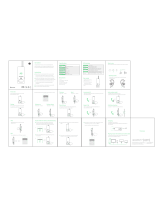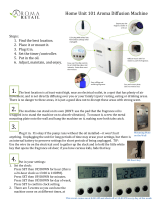INSTRUMENTS and CONTROLS
Service overdue
For 5 seconds after the ignition is
switched on, the spanner fl ashes to
indicate that the service must be carried
out as soon as possible.
Example: the service is overdue by
300 km.
For 5 seconds after the ignition is
switched on, the display indicates:
5 seconds after the ignition is switched
on, the distance recorder resumes its
normal operation. The spanner re-
mains lit .
The distance remaining may be
weighted by the time factor, de-
pending on the driver's driving
habits.
Therefore, the spanner may also
come on if you have exceeded
the two year service interval.
Service indicator zero reset
After each service, the maintenance in-
dicator must be reset to zero.
The procedure for resetting to zero is as
follows:
switch off the ignition,
press and hold the trip distance re-
corder zero reset button,
switch on the ignition; the distance
recorder display begins a count-
down,
when the display indicates "=0" ,
release the button; the spanner dis-
appears.
Retrieving the service information
You can access the service information
at any time.
Press the trip distance recorder zero
reset button.
The service information is displayed for
a few seconds, then disappears.
Following this operation, if you
wish to disconnect the battery,
lock the vehicle and wait at least
fi ve minutes for the zero reset to
be taken into account.





















